
How to Use Vietduino Uno USB-C: Examples, Pinouts, and Specs
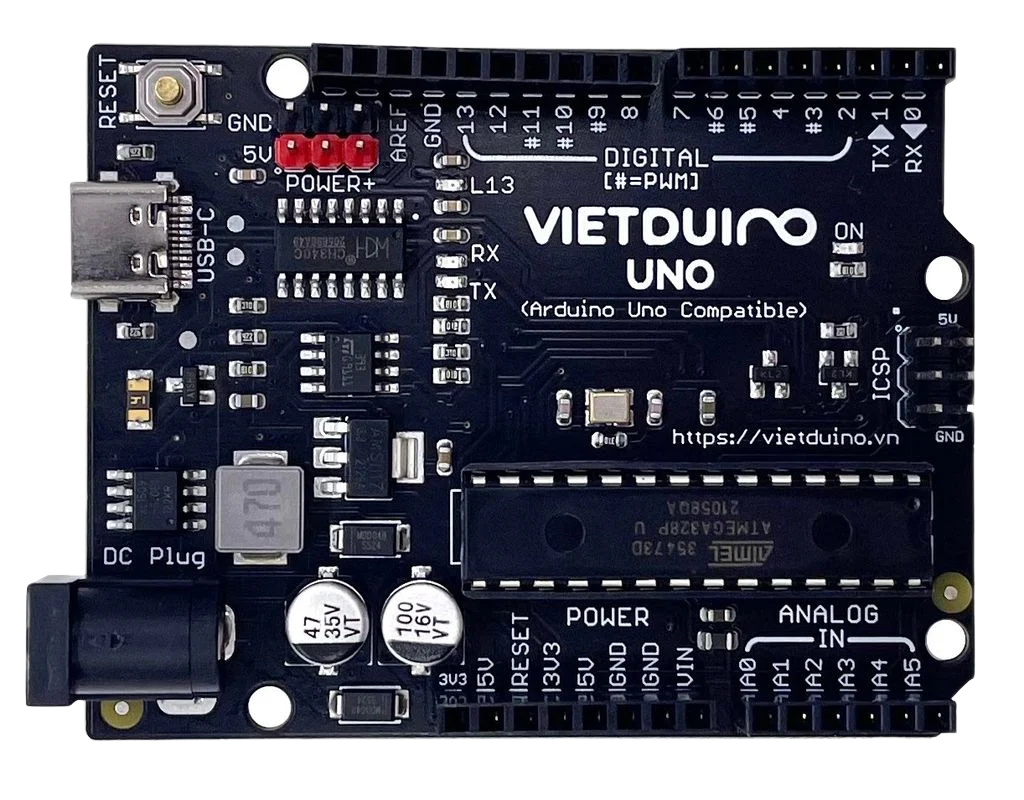
 Design with Vietduino Uno USB-C in Cirkit Designer
Design with Vietduino Uno USB-C in Cirkit DesignerIntroduction
The Vietduino Uno USB-C is a microcontroller board developed by Makerlabvn. It is based on the ATmega328P microcontroller and features a USB-C interface for programming and power supply. This board is designed to be compatible with the Arduino ecosystem, making it an excellent choice for beginners and experienced developers working on DIY electronics projects. Its compact design and modern USB-C connectivity make it a versatile tool for prototyping, education, and hobbyist applications.
Explore Projects Built with Vietduino Uno USB-C
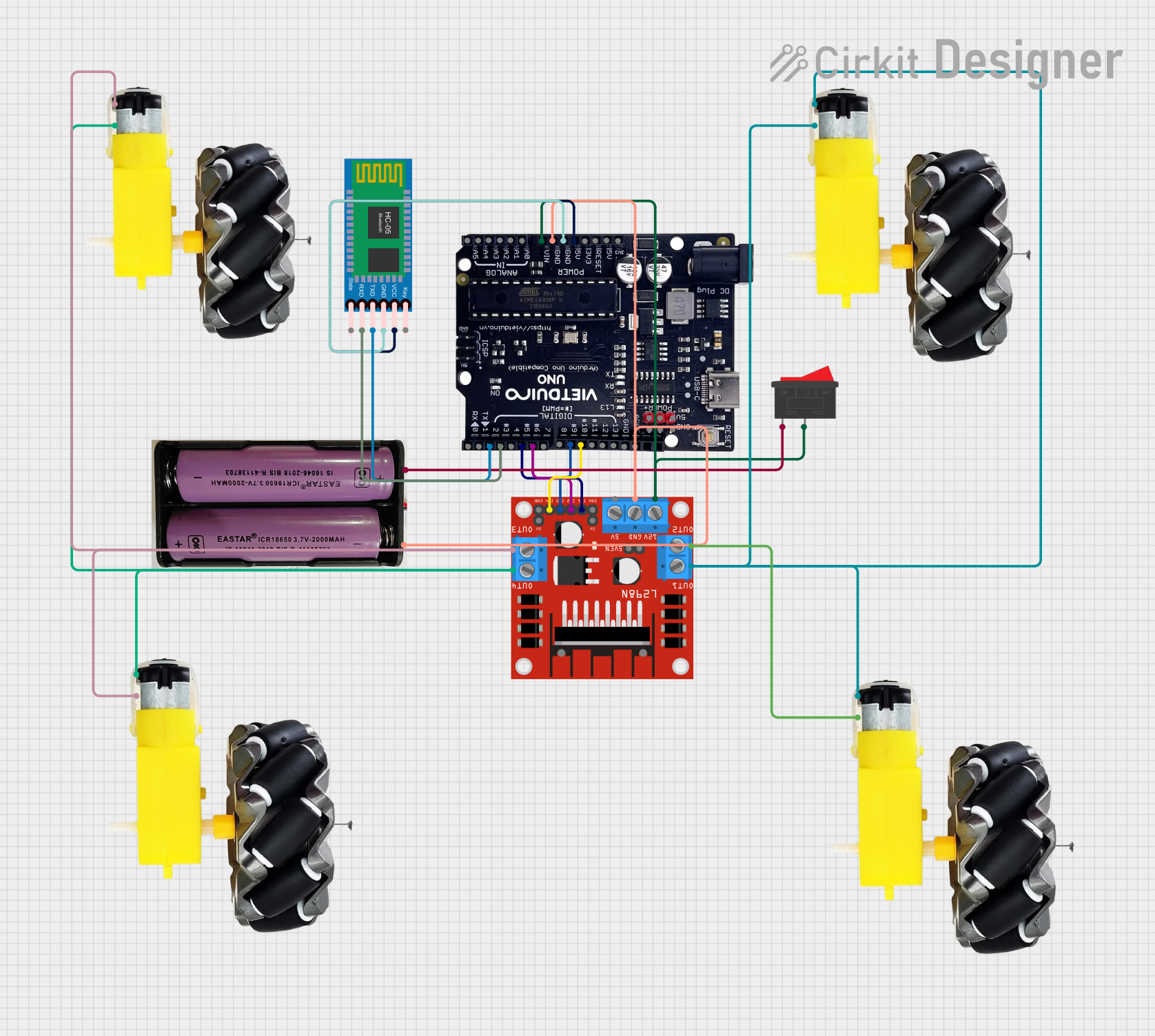
 Open Project in Cirkit Designer
Open Project in Cirkit Designer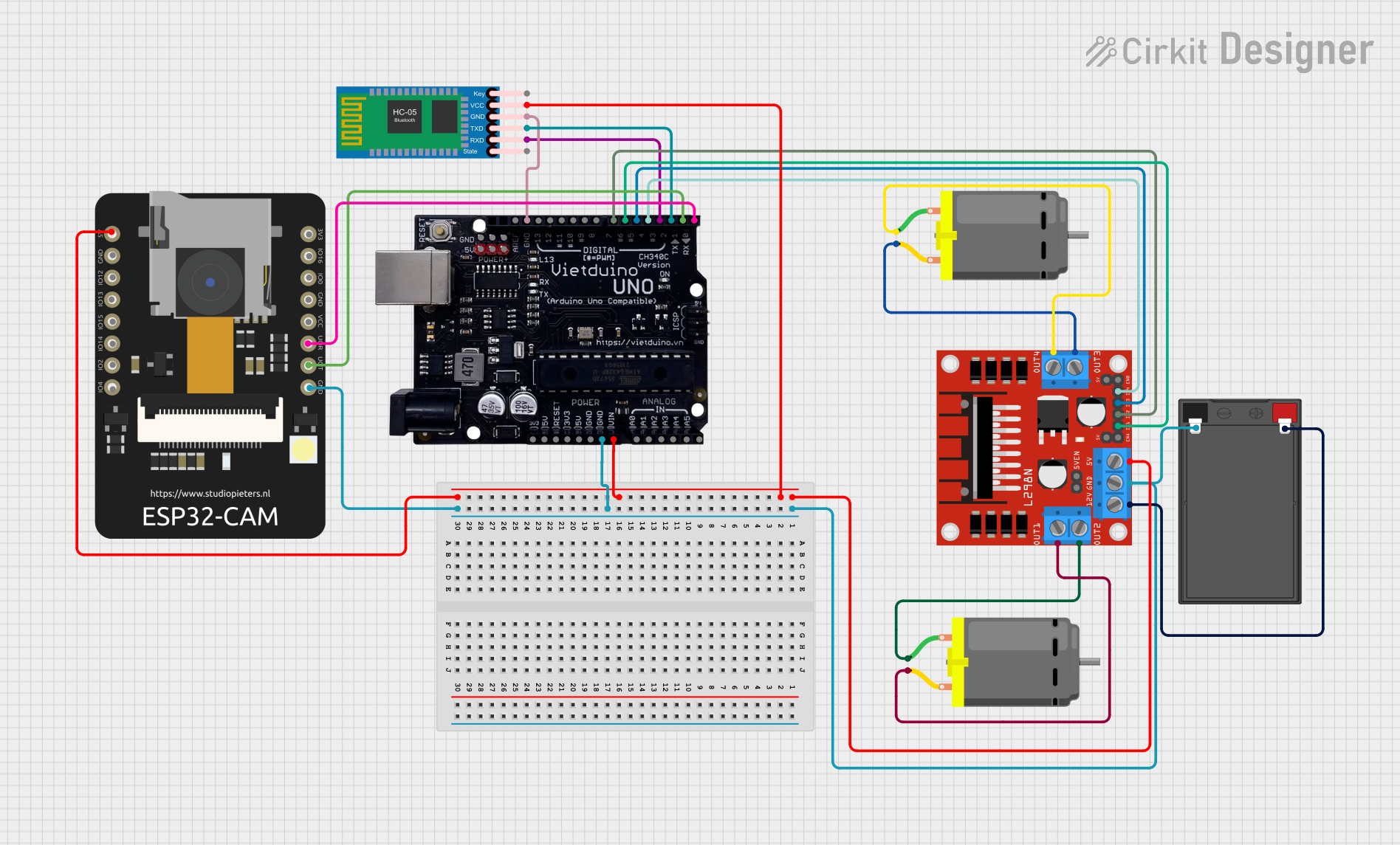
 Open Project in Cirkit Designer
Open Project in Cirkit Designer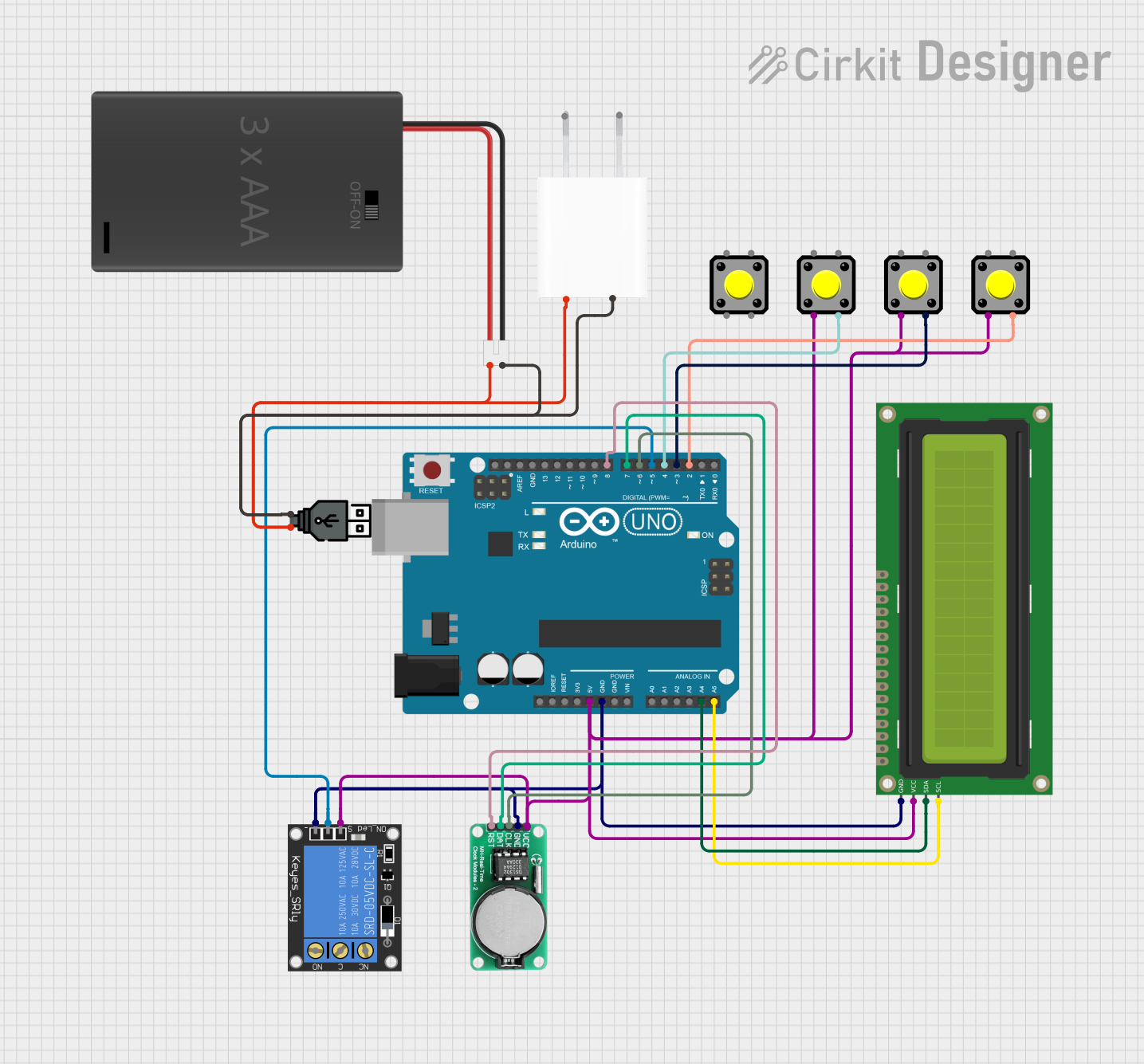
 Open Project in Cirkit Designer
Open Project in Cirkit Designer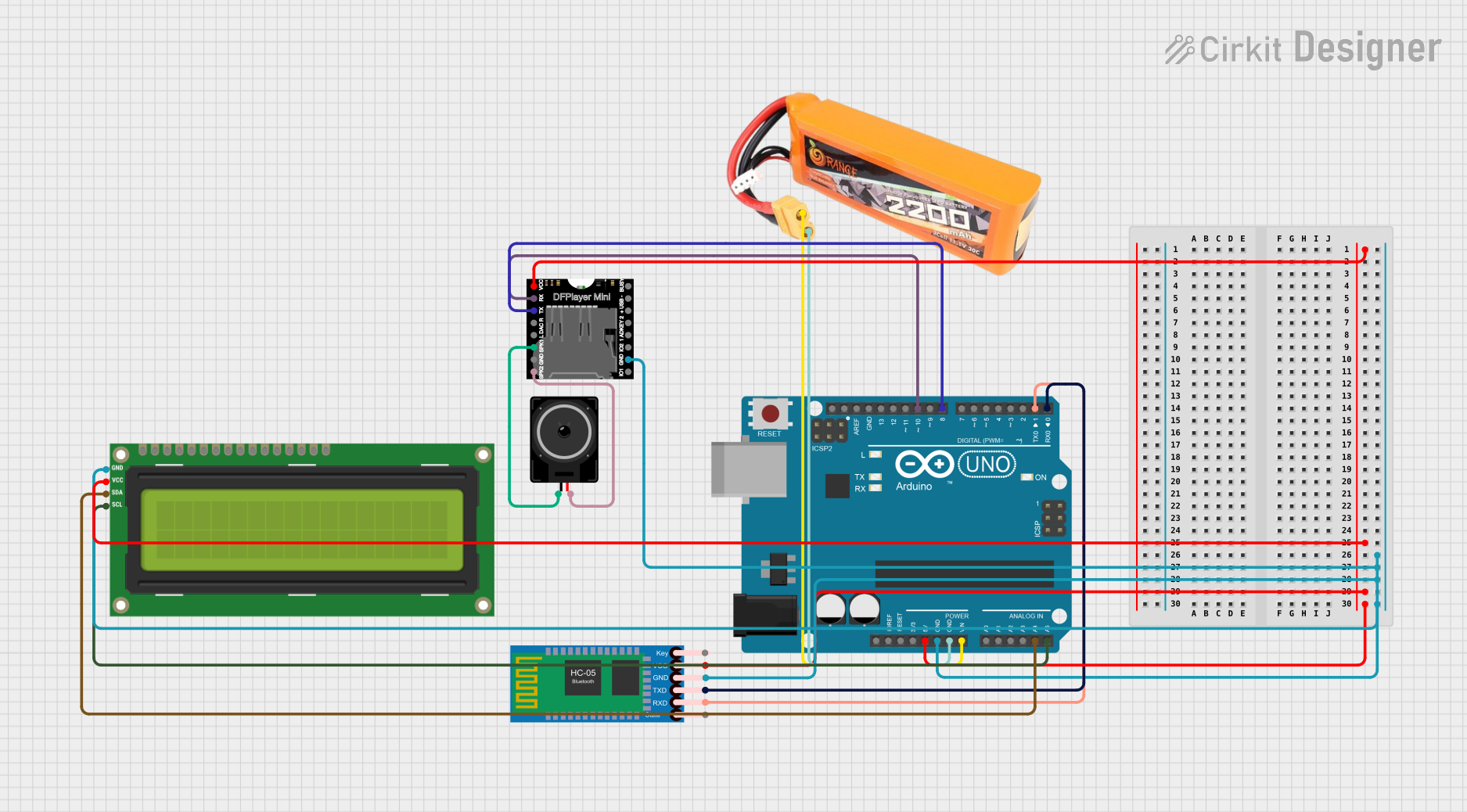
 Open Project in Cirkit Designer
Open Project in Cirkit DesignerExplore Projects Built with Vietduino Uno USB-C

 Open Project in Cirkit Designer
Open Project in Cirkit Designer
 Open Project in Cirkit Designer
Open Project in Cirkit Designer
 Open Project in Cirkit Designer
Open Project in Cirkit Designer
 Open Project in Cirkit Designer
Open Project in Cirkit DesignerCommon Applications and Use Cases
- DIY electronics projects
- Robotics and automation
- IoT (Internet of Things) devices
- Prototyping and testing circuits
- Educational tools for learning microcontroller programming
Technical Specifications
The Vietduino Uno USB-C offers robust performance and compatibility with Arduino IDE. Below are its key technical specifications:
| Specification | Details |
|---|---|
| Microcontroller | ATmega328P |
| Operating Voltage | 5V |
| Input Voltage (recommended) | 7-12V |
| Input Voltage (limit) | 6-20V |
| Digital I/O Pins | 14 (6 PWM outputs) |
| Analog Input Pins | 6 |
| DC Current per I/O Pin | 20 mA |
| Flash Memory | 32 KB (0.5 KB used by bootloader) |
| SRAM | 2 KB |
| EEPROM | 1 KB |
| Clock Speed | 16 MHz |
| USB Interface | USB-C |
| Dimensions | 68.6 mm x 53.4 mm |
Pin Configuration and Descriptions
The Vietduino Uno USB-C has a standard pinout similar to the Arduino Uno. Below is a detailed description of its pins:
| Pin | Type | Description |
|---|---|---|
| Digital 0-13 | Digital I/O | General-purpose digital input/output pins. Pins 3, 5, 6, 9, 10, and 11 support PWM. |
| Analog 0-5 | Analog Input | Analog input pins with a 10-bit resolution. |
| GND | Power | Ground pin. |
| 5V | Power | Regulated 5V output. |
| 3.3V | Power | Regulated 3.3V output. |
| VIN | Power | Input voltage to the board when using an external power source (7-12V recommended). |
| RESET | Reset | Resets the microcontroller. |
| AREF | Reference | Analog reference voltage for the analog inputs. |
| TX (D1) | UART | Transmit pin for serial communication. |
| RX (D0) | UART | Receive pin for serial communication. |
| SCL | I2C | Clock line for I2C communication. |
| SDA | I2C | Data line for I2C communication. |
| ICSP Header | SPI | Pins for in-circuit serial programming and SPI communication. |
Usage Instructions
How to Use the Vietduino Uno USB-C in a Circuit
Powering the Board:
- Connect the board to your computer or a USB power source using a USB-C cable.
- Alternatively, supply power through the VIN pin (7-12V recommended) or the DC barrel jack.
Programming the Board:
- Install the Arduino IDE from Arduino's official website.
- Connect the Vietduino Uno USB-C to your computer via USB-C.
- Select "Arduino Uno" as the board type in the Arduino IDE.
- Choose the correct COM port under the "Tools" menu.
- Write or load your sketch and click the "Upload" button to program the board.
Connecting Components:
- Use the digital and analog pins to connect sensors, actuators, and other components.
- Ensure that the current drawn by connected devices does not exceed the pin's maximum rating (20 mA).
Important Considerations and Best Practices
- USB-C Cable Quality: Use a high-quality USB-C cable to ensure reliable data transfer and power delivery.
- Voltage Limits: Avoid exceeding the recommended input voltage range (7-12V) to prevent damage to the board.
- Static Protection: Handle the board with care to avoid static discharge, which can damage the microcontroller.
- Pin Current Limits: Do not exceed 20 mA per I/O pin to prevent overheating or damage.
Example Code for Arduino IDE
The following example demonstrates how to blink an LED connected to pin 13:
// Blink an LED connected to pin 13
// This example is compatible with the Vietduino Uno USB-C
void setup() {
pinMode(13, OUTPUT); // Set pin 13 as an output
}
void loop() {
digitalWrite(13, HIGH); // Turn the LED on
delay(1000); // Wait for 1 second
digitalWrite(13, LOW); // Turn the LED off
delay(1000); // Wait for 1 second
}
Troubleshooting and FAQs
Common Issues and Solutions
The board is not detected by the computer:
- Ensure the USB-C cable supports data transfer (not just charging).
- Check if the correct COM port is selected in the Arduino IDE.
- Try reinstalling the USB drivers for the board.
Sketch upload fails:
- Verify that "Arduino Uno" is selected as the board type in the Arduino IDE.
- Press the RESET button on the board before uploading the sketch.
- Ensure no other application is using the COM port.
Components connected to the board are not working:
- Double-check the wiring and connections.
- Ensure the components are within the voltage and current limits of the board.
- Test the components individually to rule out hardware issues.
FAQs
Q: Is the Vietduino Uno USB-C compatible with Arduino shields?
A: Yes, the board is fully compatible with most Arduino Uno shields.
Q: Can I power the board using a power bank?
A: Yes, you can use a power bank with a USB-C output to power the board.
Q: Does the board support 3.3V sensors?
A: Yes, the board provides a 3.3V output pin for powering 3.3V sensors and modules.
Q: How do I reset the board?
A: Press the RESET button on the board or connect the RESET pin to GND momentarily.
By following this documentation, you can effectively use the Vietduino Uno USB-C for your electronics projects.